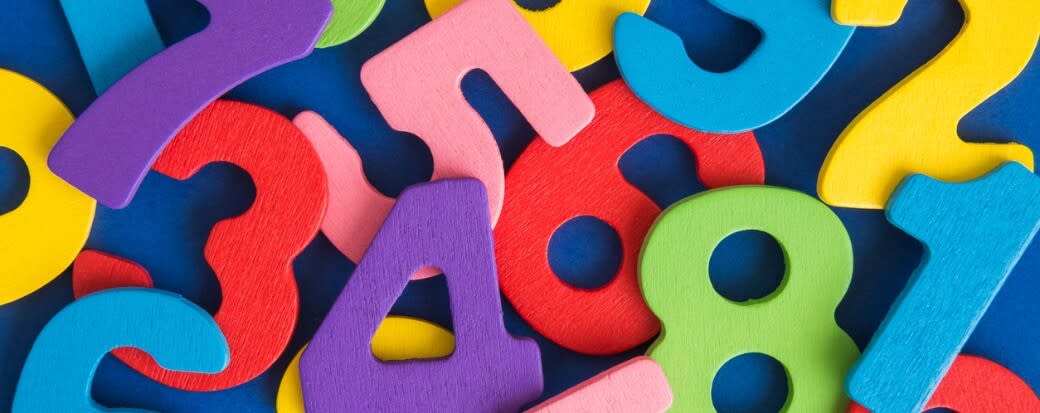Bank Account Numbers, Explained

Share this article:
Editor’s note: Lantern by SoFi seeks to provide content that is objective, independent, and accurate. Writers are separate from our business operation and do not receive direct compensation from advertisers or network providers. Read more about our Editorial Guidelines and How We Make Money.
What Is a Bank Account Number?
Where Is a Bank Account Number Found?
On a Check
On Your Online Account
Bank Statements
What Are Bank Account Numbers Used For?
What Do the Numbers on a Bank Account Represent?
Bank Account Numbers vs Routing Numbers
Bank Account Number vs Debit Card Number
Is It Safe to Share Your Bank Account Number?
A direct deposit for a paycheck An auto-pay arrangement for rent, mortgage payments, utilities, or recurring charges A tax payment to the IRS Transfers between bank accounts A wire transfer
The Takeaway
Frequently Asked Questions
Photo credit: iStock/zoff-photo
LNTBNK-Q424-015
About the Author
Emma Diehl is a nationally-published journalist with expertise in finance, real estate, and technology. Her work has appeared on NPR, The Huffington Post, Technical.ly, and numerous local publications. When she's not covering the world of personal finance with SoFi, she's probably rollerblading or planning her next meal.
Share this article: